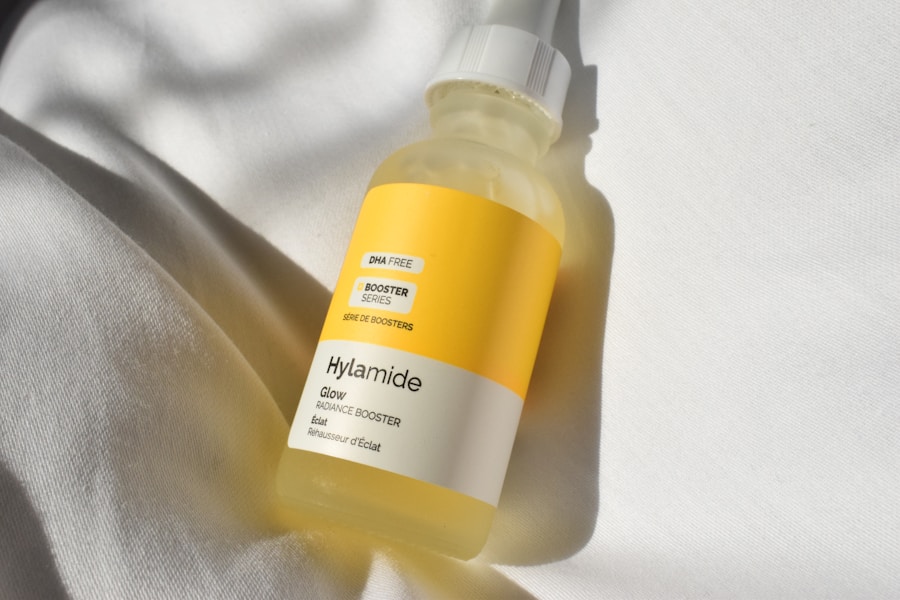Laser hair removal is a popular cosmetic procedure that uses concentrated beams of light to remove unwanted hair. The process works by targeting the pigment in the hair follicles, which absorbs the light and destroys the hair. This results in a reduction in hair growth over time. The procedure is most effective on individuals with light skin and dark hair, as the contrast between the skin and hair makes it easier for the laser to target the hair follicles. However, advancements in technology have made it possible for individuals with darker skin tones to also undergo laser hair removal.
During the procedure, a handheld device is used to deliver the laser pulses to the targeted area. The sensation is often described as feeling like a rubber band snapping against the skin. The duration of the treatment varies depending on the size of the area being treated, with smaller areas such as the upper lip taking only a few minutes, while larger areas like the legs or back may take up to an hour. Multiple sessions are usually required to achieve optimal results, as hair grows in different cycles and the laser is most effective on hair in the active growth phase.
Preparing for Laser Hair Removal
Before undergoing laser hair removal, it is important to properly prepare for the procedure to ensure the best possible results. One of the most important steps in preparing for laser hair removal is to avoid sun exposure and tanning beds for at least six weeks prior to treatment. This is because tanned skin can increase the risk of complications and reduce the effectiveness of the laser. It is also important to avoid plucking, waxing, or electrolysis for at least six weeks before treatment, as these methods can disturb the hair follicle and interfere with the laser’s ability to target the hair.
Additionally, it is important to shave the area being treated a day or two before the procedure. This helps ensure that the laser can effectively target the hair follicles without any interference from surface hair. It is also recommended to avoid using any creams, lotions, or makeup on the day of treatment, as these products can interfere with the laser’s ability to penetrate the skin. Finally, it is important to follow any specific instructions provided by the healthcare professional performing the procedure, as they may have additional recommendations based on individual circumstances.
Post-Treatment Care Instructions
After undergoing laser hair removal, it is important to follow specific post-treatment care instructions to ensure optimal results and minimize any potential side effects. One of the most important post-treatment care instructions is to avoid sun exposure for at least a week following treatment. This is because the skin may be more sensitive to sunlight after laser hair removal, and exposure can increase the risk of complications such as hyperpigmentation or burns. It is also important to avoid hot showers, saunas, or strenuous exercise for at least 24 hours after treatment, as these activities can increase the risk of irritation or inflammation.
Additionally, it is important to keep the treated area clean and moisturized following treatment. This helps promote healing and reduces the risk of infection. It is also important to avoid picking or scratching at the treated area, as this can increase the risk of scarring or other complications. Finally, it is important to follow any specific post-treatment care instructions provided by the healthcare professional performing the procedure, as they may have additional recommendations based on individual circumstances.
Managing Discomfort and Side Effects
While laser hair removal is generally considered safe and effective, it is common to experience some discomfort and side effects following treatment. One of the most common side effects of laser hair removal is redness and swelling in the treated area. This typically resolves within a few hours to a few days, but can be managed with over-the-counter pain relievers and cold compresses. It is also common to experience some mild irritation or itching in the treated area, which can be managed with gentle cleansing and moisturizing.
In some cases, individuals may experience more severe side effects such as blistering, crusting, or changes in skin pigmentation. If these side effects occur, it is important to contact the healthcare professional who performed the procedure for further guidance. It is also important to avoid picking or scratching at any blisters or crusting that may occur, as this can increase the risk of scarring or other complications. Finally, it is important to follow any specific recommendations provided by the healthcare professional for managing discomfort and side effects based on individual circumstances.
Protecting Your Skin from the Sun
After undergoing laser hair removal, it is important to take steps to protect your skin from sun exposure to minimize the risk of complications and maintain optimal results. One of the most important steps in protecting your skin from the sun after laser hair removal is to use sunscreen with a high SPF on a daily basis. This helps protect the skin from harmful UV rays that can increase the risk of hyperpigmentation or burns. It is also important to reapply sunscreen every two hours when outdoors, and after swimming or sweating.
In addition to using sunscreen, it is important to wear protective clothing such as hats, sunglasses, and long sleeves when outdoors. This helps provide an additional layer of protection against UV rays. It is also important to seek shade during peak sun hours, typically between 10am and 4pm, when UV rays are strongest. Finally, it is important to continue avoiding tanning beds and other sources of artificial UV radiation after laser hair removal, as these can also increase the risk of complications.
Long-term Skin Care Maintenance
In addition to protecting your skin from sun exposure, there are several long-term skin care maintenance practices that can help maintain optimal results after laser hair removal. One of the most important long-term skin care maintenance practices is to continue using sunscreen on a daily basis even after completing treatment. This helps protect the skin from UV rays that can cause premature aging and other complications. It is also important to continue avoiding tanning beds and other sources of artificial UV radiation.
Additionally, it is important to continue following a gentle cleansing and moisturizing routine to keep the skin healthy and hydrated. This helps promote healing and reduces the risk of irritation or inflammation. It is also important to avoid using harsh exfoliants or other abrasive products on the treated area, as these can increase the risk of irritation or other complications. Finally, it is important to follow any specific long-term skin care maintenance recommendations provided by the healthcare professional who performed the procedure based on individual circumstances.
Consulting with a Professional for Additional Guidance
If you have any questions or concerns about laser hair removal or need additional guidance on preparing for treatment, post-treatment care instructions, managing discomfort and side effects, protecting your skin from the sun, or long-term skin care maintenance, it is important to consult with a healthcare professional who specializes in cosmetic procedures. They can provide personalized recommendations based on your individual circumstances and help ensure that you achieve optimal results from laser hair removal. Additionally, they can address any specific concerns you may have and provide guidance on how to best care for your skin before and after treatment.
In conclusion, laser hair removal is a popular cosmetic procedure that uses concentrated beams of light to remove unwanted hair. By properly preparing for treatment, following post-treatment care instructions, managing discomfort and side effects, protecting your skin from the sun, and maintaining long-term skin care practices, you can achieve optimal results and minimize any potential complications. Consulting with a healthcare professional who specializes in cosmetic procedures can provide additional guidance and support throughout the process.






